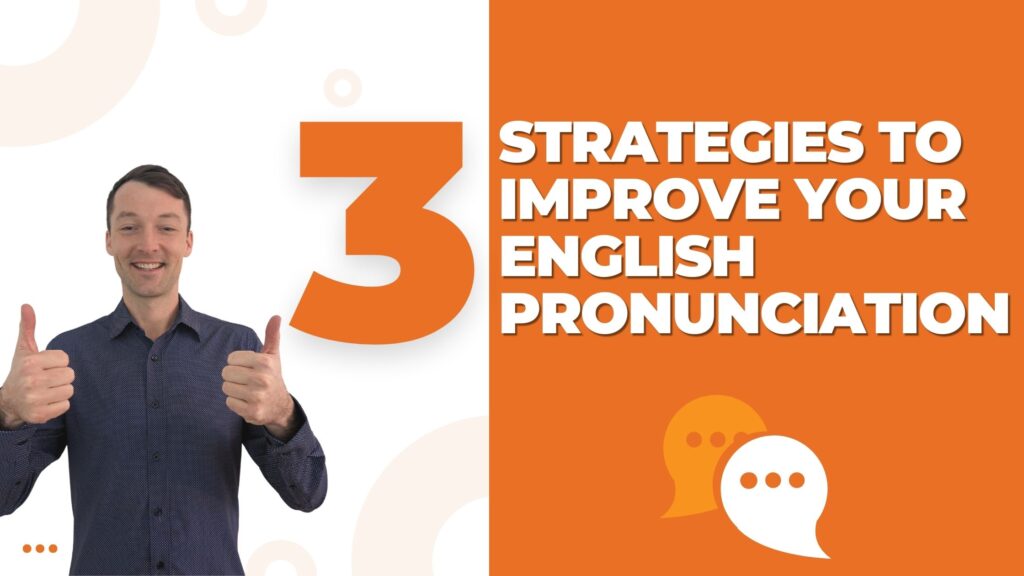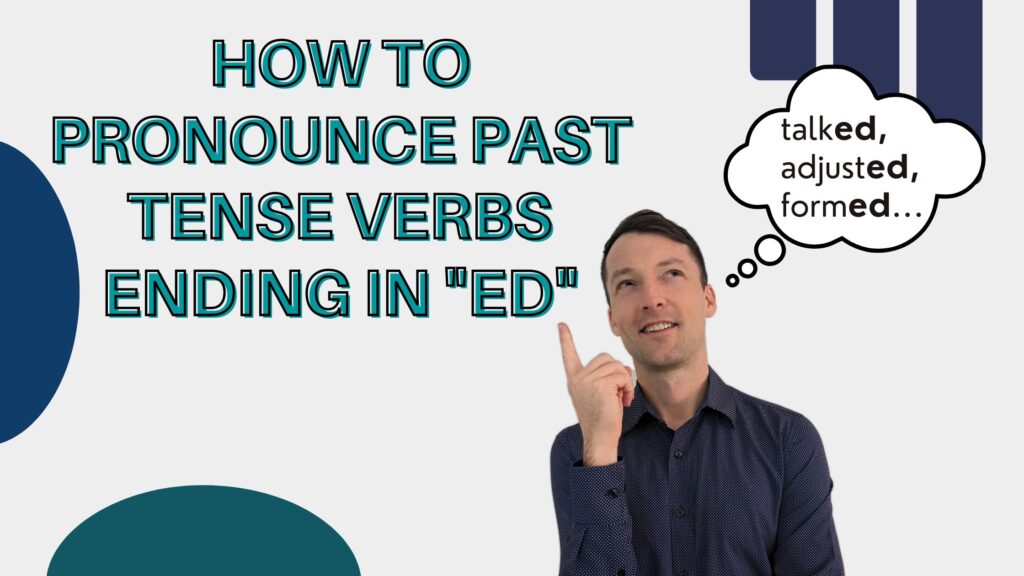The past perfect tense talks about an action in the past that happened before another action in the past. When we use the past perfect, we can tell in what order the events happened. Because it is a perfect tense, the action is completely finished. It is not going on now. The past perfect can also sometimes partner with the simple past. In this posting I show you how to form the past perfect and how to use it. There will be many example sentences. The download at the end will give you additional practice using this tense.
How to form the past perfect tense
The past perfect tense is easy to form. You already know how to form the present perfect. You use the present of have (have/has) plus the past participle. (I have worked). To form the past perfect, we use the past of have plus the past participle. Her is the formula: subject + had + past participle. For a negative sentence, we say: subject + hadn’t + past participle. Look at the following sentences.
- I had worked (I’d worked) there years ago.
. I hadn’t ever worked there before.
- You had (You’d ) already finished.
You hadn’t finished yet.
- He/She/It had (He’d) done a good job.
. She hadn’t done a good job.
- We had (We’d) seen this before.
. We hadn’t seen this before.
.
- They had (They’d) been here yesterday.
. They hadn’t been here yesterday.
.
Yes/No Questions in the past perfect
To ask a yes/no question in the past perfect, we invert had and the subject. The is the formula: had + subject + past participle. Look at the following example sentences.
- Had you ever seen this film?
Yes, I had. No, I hadn’t.
- Had he ever been to France?
Yes, he had. No, he hadn’t.
- Had they lived in Texas in the past?
Yes, they had. No, they hadn’t.
Wh questions in the past perfect
To ask a wh question in the past perfect use the yes/no formula and insert the wh word in front of had. Here is the formula: wh + had + subject + past participle. Look at these sentences.
- Who had you seen at Target?
My boss.
- What had he done with his library book?
I don’t know. I think he lost it.
- When had he visited New York?
Two years ago.
- Where had she lived before she moved here?
Kansas and Nebraska.
- Why had you stopped working at the bank?
Because I moved to another state.
- How had he paid for college?
With a loan.
Using the past perfect to show the order of actions in the past
We often use the past perfect to talk about an event in the past that happened before another event in the past. We may also use the following words: already, just, yet, always, never (or ever with a negative or a question), before, after, as soon as. When we order events, the past perfect partners with the simple past. The first event is in the past perfect, and the later even is in the simple past. Here are some examples.
- When he called to ask me out to dinner, I had already eaten.
. I had eaten first (past perfect). Then he called me (simple past).
- He had just finished work when it began to rain.
. He had finished work first (past perfect). Next, it began to rain (simple past).
- I hadn’t finished studying yet, but it was time for the test.
The studying came first (past perfect). After that it was time for the test (simple past).
- Ahmed had always been a good student, so he was surprised when he failed the test.
. Being a good student came first (past perfect). Next came being surprised and failing (simple past).
- Maria had never seen the movie Titanic, so she watched it on DVD.
. Never seeing the movie was first. Watching it on DVD was second.
- Maria hadn’t ever seen the movie Titanic, so she watched it on DVD.
. Same as above. This is a negative version of the sentence above.
- Had you ever seen the movie Titanic before you lived in the USA?
Seeing or not seeing the movie was first (past perfect). Living in the USA was second (simple past).
- After they had lived in Oregon, they moved to Colorado.
. They lived in Oregon first (past perfect). Then they moved to Colorado (simple past).
- As soon as he had finally fallen asleep, his alarm rang.
. He fell asleep first (past perfect). Second, his alarm rang (simple past).
Using the past perfect to show reported speech.
We can use the past perfect to talk about reported speech in the past. Reported speech is when you tell someone what someone else has said. That person is not there, so you have to report what they said to your friend or colleague. We can also use the past perfect to express thoughts and feelings. Here are some examples.
- Marco said that he hadn’t finished preparing his taxes.
. Marco is not here, but he told you this. Now you are telling it to someone else.
- He told me he had washed his car.
. He isn’t here, but he told me this. Now I’m telling you.
- I wondered why he had been so unkind to me.
. This is a feeling.
- I thought I had paid my Xcel Energy bill, but I guess I was wrong.
. This is a thought.
Using the past perfect for conditionals with if
We also use the past perfect in a conditional statement with the word if. We often use it to express some regret. The past perfect goes with the if clause. We use would have or wouldn’t have for the rest of the sentence.
- If I had known you were sick, I would not have called.
. I didn’t know you were sick. I’m sorry I bothered you.
- If I had studied harder, I would have passed the test.
. I didn’t study hard enough, and I feel badly about it.
- If I had had the money, I would have bought a better car.
. I wish I had had more money, but I didn’t, and I’m sorry about it.
You now know how to form and use the past perfect tense. The past perfect is formed by the past of have (had) plus the past participle (I had seen her yesterday). We use this tense to show that one action came before another one in the past. We can also use it to talk about reported speech. Finally, we can use it with conditionals, thoughts, and feelings. The download will give you additional practice using the past perfect tense.
Idioms of the day
- from soup to nuts
–This means that everything you could ever imagine is available. I love shopping at the flea market. They have everything from soup to nuts.
- sink or swim
–This means that you will either survive or you won’t, but if you have trouble, no one will come to the rescue. My cousin quit her job to start her own business. She didn’t have a lot of money, so she knew it was either sink or swim for her.




